Five Military Technologies That are Driving Civilian Product Development
Technologies that got their start in military applications, such as the now ubiquitous GPS technologies in our phones and cars, often migrate to civilian markets. Many consumer, medical, and automotive electronics were originally military technologies.
Most consumers are unaware that many of the electronic products they use or readily recognize were originally military technologies. These innovations have advanced medicine, industry, and recreation and include exoskeletons and prosthetics, light detection and ranging (LIDAR) and global positioning systems (GPS), drones, forward-looking infrared (FLIR) and night vision gear, and laser guns.
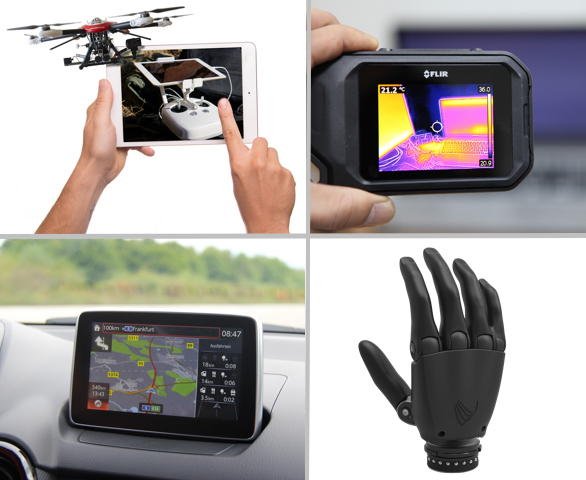
They all depend on a highly refined group of connectors and cable assemblies based on rigorous mil-spec requirements. Like many military connectors, they must be immune to shock and vibration. Many also require ingress protection and shielding from electromagnetic or radio frequency interference (EMI or RFI). Consumer-level connectors in military-inspired technologies may even utilize mil-spec materials, such as liquid crystal polymer (LCP) insulators, or require fully hermetic glass-to-metal sealing. In addition, those tasked with high-speed communications functions require capabilities such as multiplexing, PAM4, and signal protection.
Civilian products aren’t subject to military standards, but many designers select connectors and other electronics that meet those standards to ensure dependability and longevity. A drone used by agriculture faces similar conditions and is expected to perform just as reliably as one used in military operators, for instance. The following five technologies now exist in both worlds.
Drones and UAVs
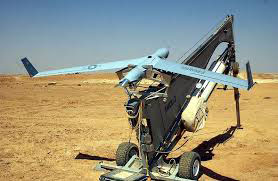
Inspired by the Kamikaze era in the later part of WWII, drones and unmanned aerial vehicles (UAVs) were originally developed as flying aircraft targets to help train navy gunnery systems to hit inbound enemy aircraft. The concept of one-way missions had undeniable power, but the desire to avoid pilot losses spurred the development of aircraft that could fly without a human onboard. Drones were initially operated using handheld analog frequency signal boxes. Military drones were first outfitted with cameras capable of sending images during Vietnam, as the battlefield was too difficult to see from the ground. Today, the military and federal law enforcement agencies use drones for operations including combat, surveillance, and border control.
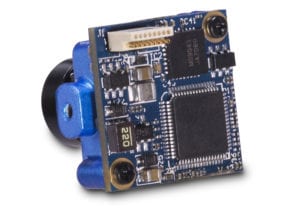
Note the camera connector on the PC board
Civilians use drones for crowd surveillance, photography and filmmaking, building inspections, agriculture, forestry, and more. Although often smaller, less rugged, and less capable, these and other civilian drones all benefit from electronics systems that were originally designed to ensure mission-critical data transmission and withstand harsh environmental conditions.
For years, the Federal Aviation Administration (FAA) maintained control of drones even for home-based remote-controlled airplanes used by kids and hobbyists. However, in recent years, the FAA has rolled back restrictions on digital transmissions for civilian technologies like cell phones. In response, the market for radio controlled small hobby drones surged. The newest civilian drones often employ GPS signaling for more accurate position monitoring and the ability to match images to maps.
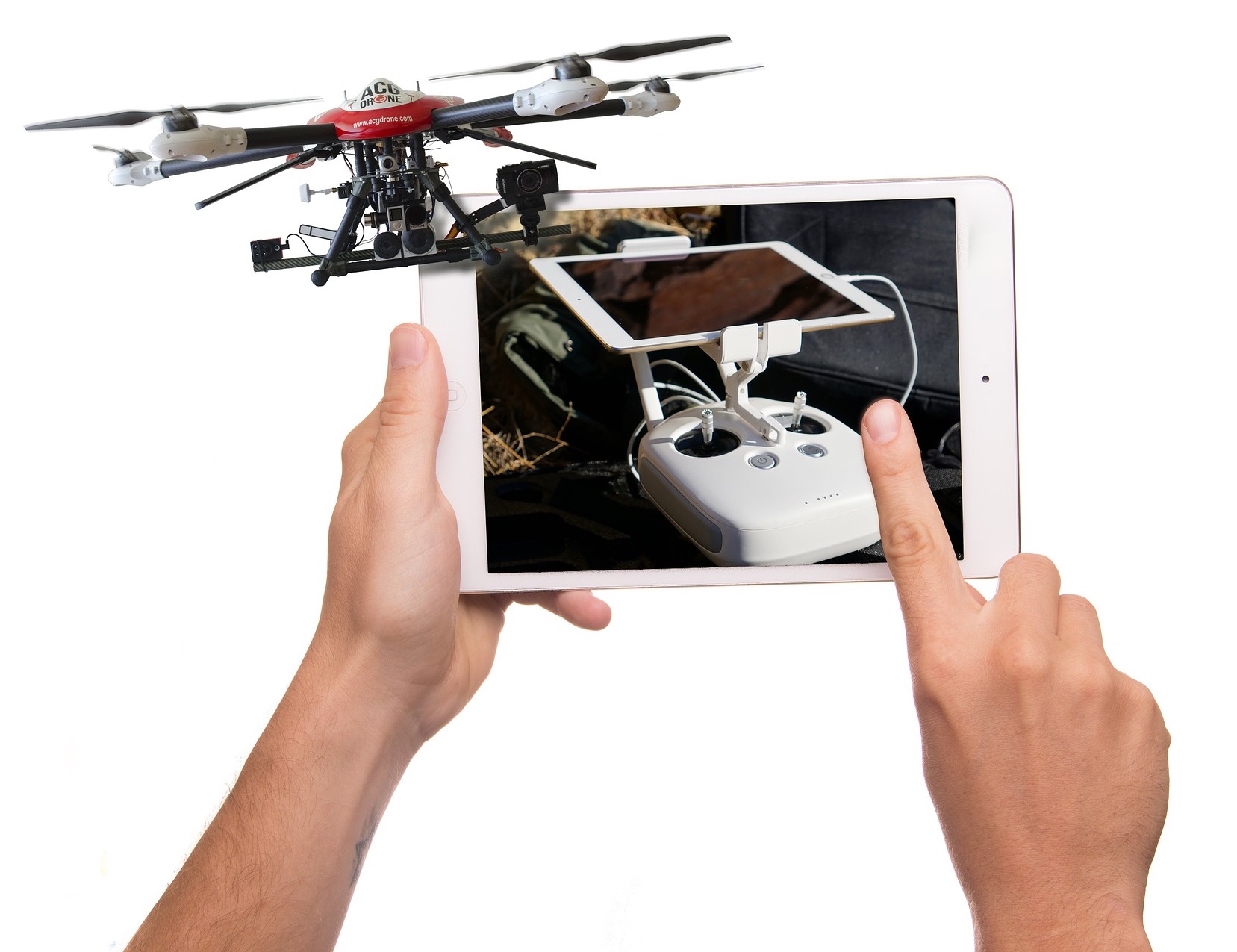
The connectors in these types of drones are small and lightweight to allow for longer flight times and, like most of the electronics employed in these systems, have ruggedized designs capable of withstanding hazards ranging from constant vibration to humidity, pressure changes, and the shock of rough landings.
Exoskeleton-Assist Devices

The military developed its first exoskeleton-assist devices in the 1960s, in conjunction with General Electric (GE). These devices could be mounted onto soldiers to improve their weight-carrying ability and speed of travel on foot.
One type was modeled after a robotic dog and the other looked like a robotic skeleton with pieces that attached to soldiers’ thighs and calves. The extra support provided by the hybrid (part human and part machine) leg significantly increased soldiers’ weight bearing abilities.
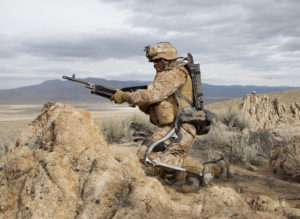
The HULC exoskeleton increases a soldier’s weight-bearing capacity. (Photo courtesy of Lockheed Martin)
Systems such as the Human Universal Load Carrier (HULC) often employ electronics such as sensors to monitor pressure and initiate hydraulic response equipment in the knee area for additional support. In time, these military developments evolved into fully functioning human robots and the exoskeleton models began to be used and adapted for assisting military amputees and, eventually, patients in civilian hospitals as well.
These systems include three sets of connectors per limb; one at each joint point. A hybrid connector is used if more current is needed; two or three amps is typical. Latching nano-D connectors are favored because they can’t pull apart under heavy use, rotation, or stress.
FLIR Cameras
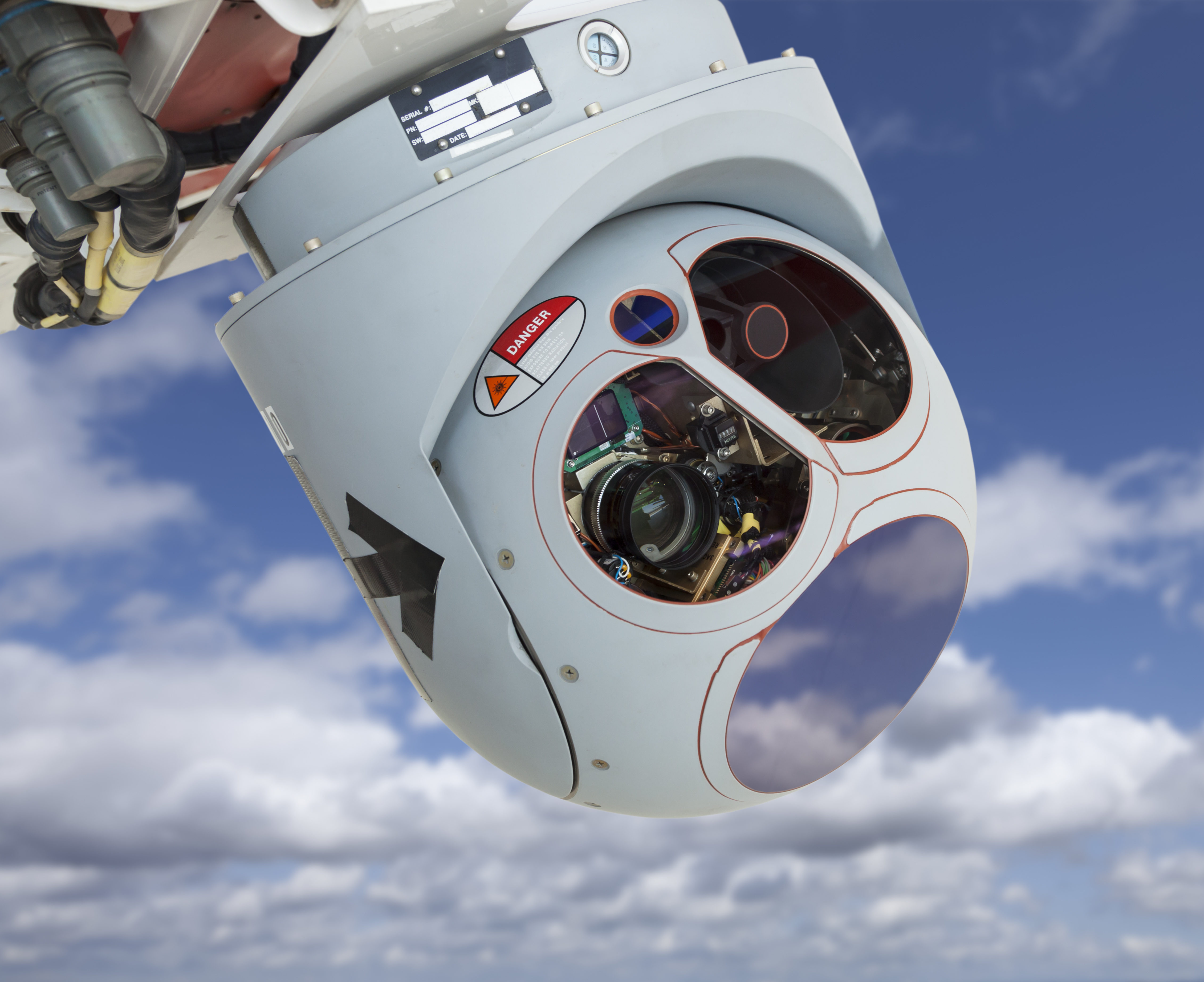
Closeup of a drone camera and sensor pod module.
Forward-looking infrared (FLIR) cameras, which are enabled by multi-frequency modules and are often mounted on the bottom front nose of helicopters, were originally designed for night operations in the military and, along with binoculars and other surveillance devices, were exclusively employed by military for many years. Today, night-vision cameras, googles, and binoculars are widely available in the civilian market and are used for hunting and watching wildlife, making videos, and other hobbies, as well as for security and defense, law enforcement, and search and rescue operations.
Interestingly, some of the most significant advances in FLIR imaging were made after the technology had been released to the civilian market, with its application in the medical industry. FLIR imaging innovations are now widely utilized for endoscopes and other camera systems designed for inner-body inspection. In procedures such as colonoscopies and laparoscopic surgery, a computer chip camera mounted onto a cable can transmit images to a backlit LCD screen. The connectors required for these systems include nano-D and micro-D connectors with twisted-pair cables that can transmit high-speed data to a processing unit.
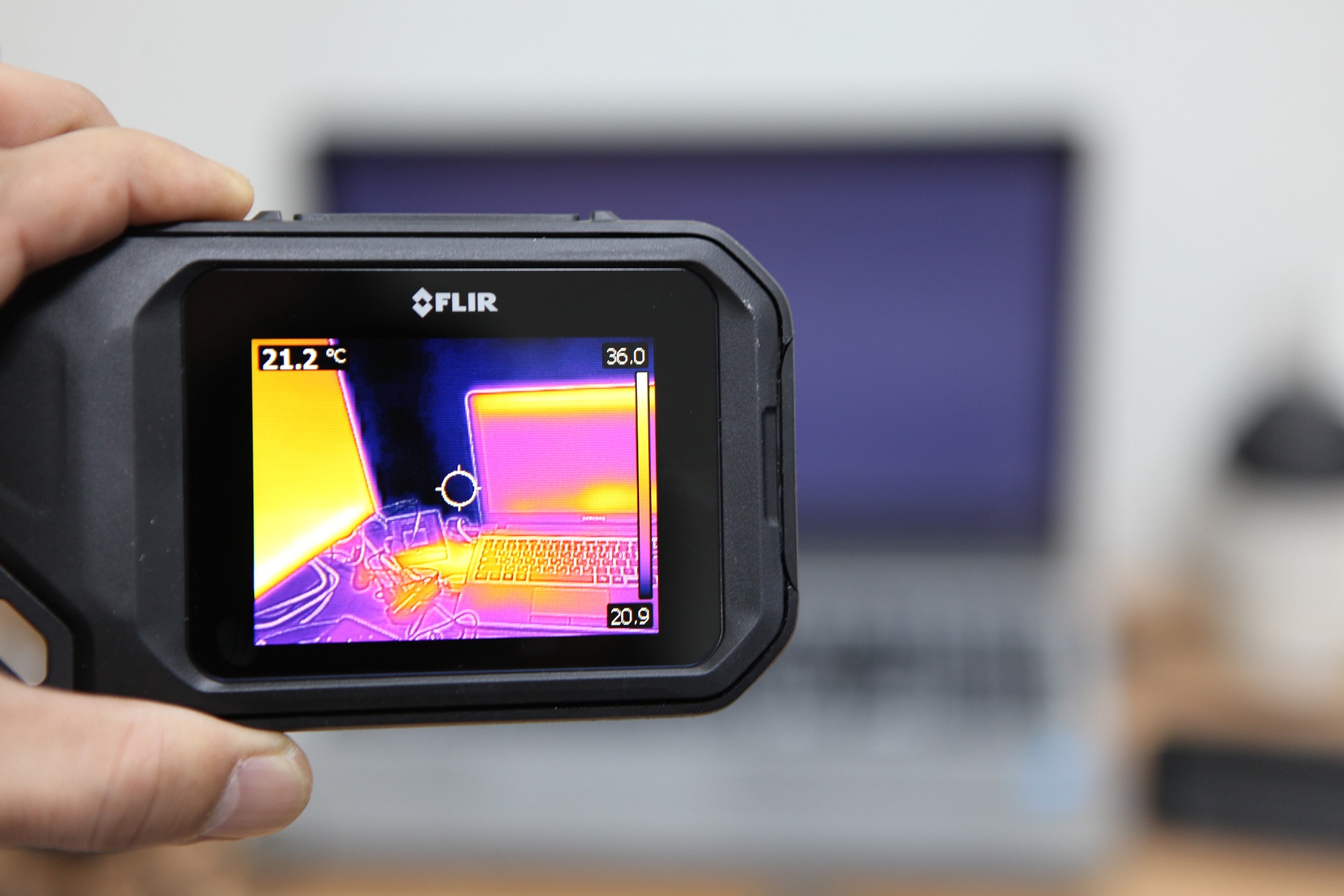
Biomedical Sensors
Biomedical sensors monitor vital signs and transmit information to specific body parts. Although originally developed by the military, this technology is now widely utilized in civilian applications. FitBits and other home health monitors include these sensors, and they play a large role in medical diagnostics, where they measure blood pressure, glucose levels, and changes in the brain, bones, skin, and muscles. In prosthetics, pressure pads on prosthetic hands or motion-sensing modules mounted on amputees’ heads transmit data, often via Bluetooth signals, to prosthetic legs and feet to tell them to walk. Biomedical sensors are very small, so they use nanominiature cables and connectors for board-to-board signals and to route low-current battery power to responsive electronics placed elsewhere on the body.
Software Designed Radio (SDR)
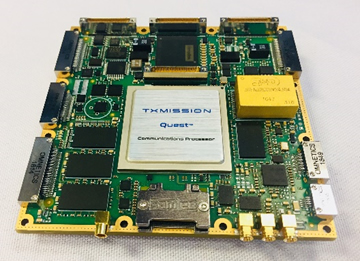
This SDR unit designed by TX-Mission Corp. includes varying S-and X-band options to push data transmission up over 100MSPS
SDR technology was initially developed for the Joint Tactical Radio System (JTRS) and moved into other specialty defense program areas. SDR has become a key supporting technology in many civilian applications, including international space station communications, international cyber communications security offices, specialty police radio scanners, emergency medical services, and fire department communications. Portable radio astronomy devices used by hobbyists and labs also use SDRs for satellite and planetary tracking.
Like this article? Check out our other New Technology and 2019 articles, and our Military-Aerospace market page.
Connectors for Military Applications Speed Navy Communications
- Miniaturized High-Reliability Interconnects Fuel Medical Device Advancements - February 7, 2023
- Nano-Circular Connectors for Sensor Designs in Rugged Applications - March 22, 2022
- Miniature Connectors Empower Military Robotics - September 28, 2021





